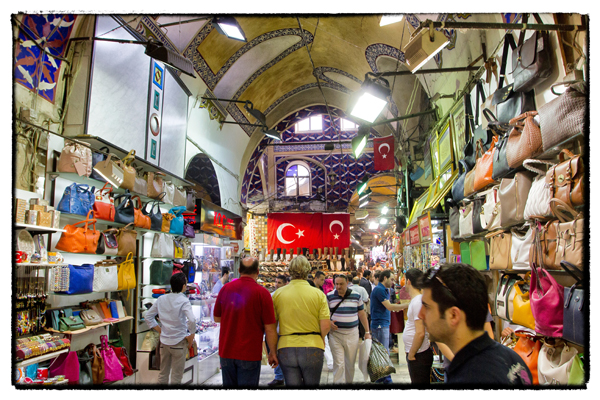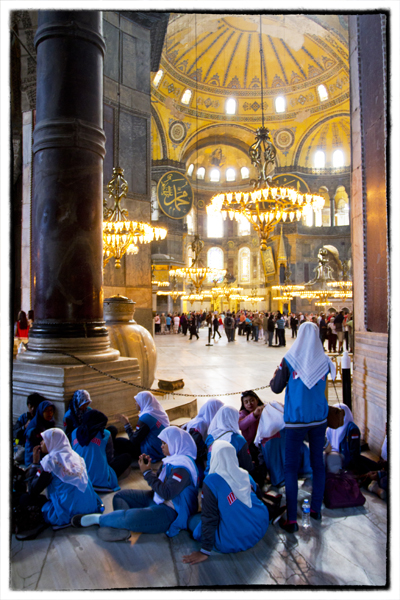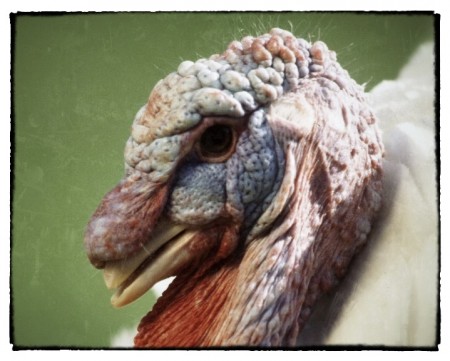Sidar took the Romanians and me to the Grand Bazaar this weekend. Maybe it was because it was hot or I just didn’t like being jostled by the crowds, but for whatever reason, I just wasn’t in to it. The Romanians wanted to look for cheap bracelets and evil eyes. I just wanted to sit down with a cup of cay and mindlessly watch the world go by.
We entered through the Carsikapi Gate and walked past dozens of gold and silver jewelry stores. There were so many of them, all selling basically the same stuff. I asked Sidar how you would pick out a vendor if you wanted to buy, for instance, a gold bracelet. He shrugged. “It’s hard,” he admitted. “If you live here, maybe you know the family that owns one of the shops or maybe you’ve just always gone to the same place and have a relationship with the owner. But if you are just a tourist, you just have to get lucky.”
All the touts begging me to “Come in, please…have a look” were giving me a headache. There were shops selling silk slippers and leather jackets, hand-painted ceramic plates and copper pots, purses, wallets, belts, luggage, leather jackets, amber prayer beads, icons of the Virgin Mary, mother-of-pearl hairbrushes, old coins, soccer jerseys, red fezes, turbans, kilim bags, purple chandeliers, wool sweaters, socks, and lots and lots of “genuine fake items,” from handbag knock-offs to fake silk pashminas. My favorite: the store selling “one size fits all” belly-dancing outfits.
By now Sidar and I had lost the Romanians in some jewelry store. “So, what do you think?” Sidar asked me.
“I think I need some tea.”
“Follow me, please. I know a place.”
Sidar always knows a place. Thank god.






Recent Comments